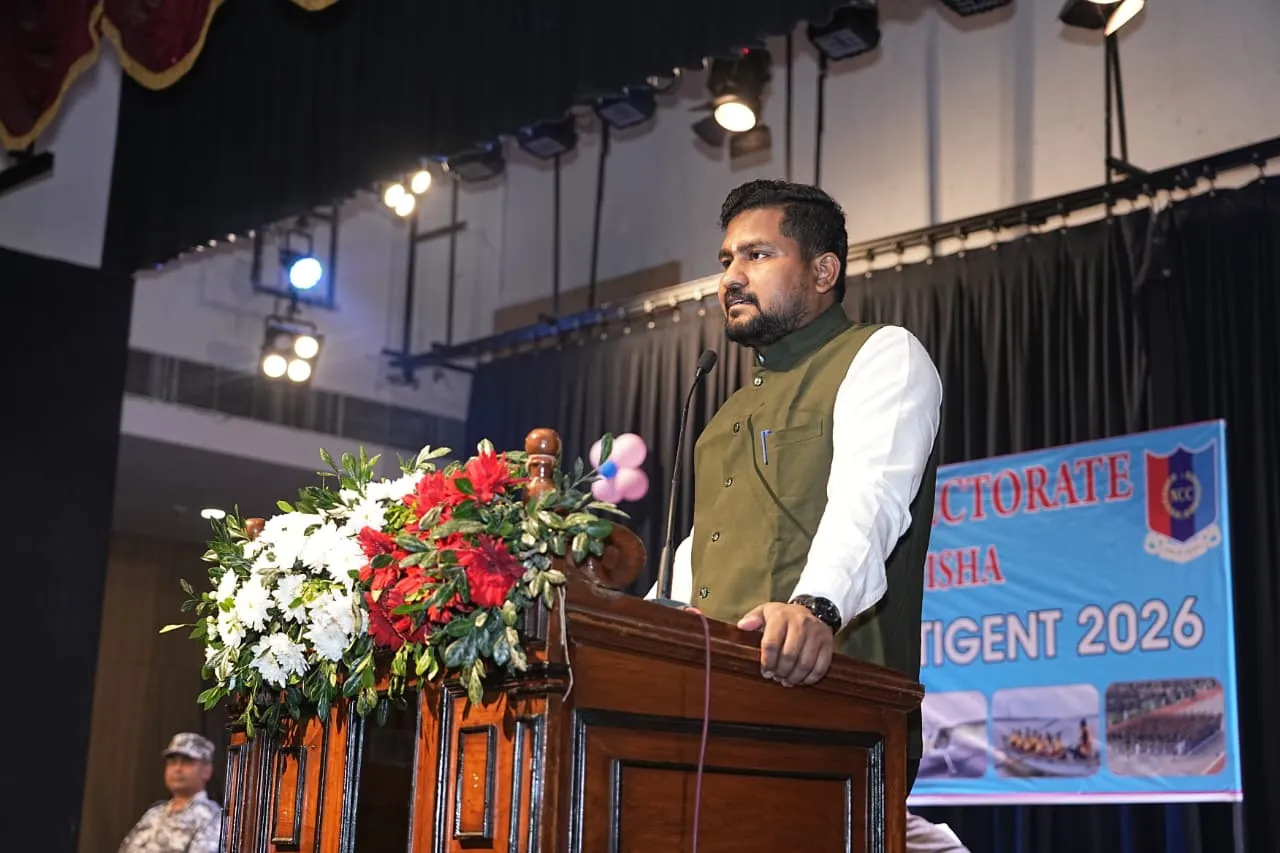

Bhubaneswar, Dec 27: As many as 127 NCC cadets from Odisha have been selected to participate in the Republic Day Camp (RDC) to be held in New Delhi from December 27 to January 29, 2026. The cadets will also represent the state at the Republic Day Parade and the NCC Prime Minister’s Rally in the national capital.
The contingent has been chosen from among nearly 64,000 NCC cadets in Odisha. Of the 127 selected cadets, 80 are boys and 47 are girls. Among them, 112 cadets belong to the college NCC wing (71 boys and 41 girls), while 15 cadets are from the school NCC wing (9 boys and 6 girls).
The 127 cadets along with 10 supporting staff departed for New Delhi today.
Prior to their departure, the cadets underwent one month of intensive training at Nabarangpur to prepare for the prestigious national event.
Before leaving for New Delhi, the cadets interacted with Higher Education Minister Suryabanshi Suraj, who encouraged them and wished them success.
Addressing the cadets, the Minister said that the discipline, dedication and commitment of NCC cadets towards national unity and integrity are a source of inspiration for everyone.
He expressed hope that participation in the Republic Day Camp would be a memorable and enriching experience for all the cadets and said it was a matter of pride for Odisha that its cadets would represent the state at such a national platform.
The Minister further stated that efforts are underway by the Higher Education Department to increase the number of NCC cadets in Odisha, enhance women’s participation in NCC and to establish NCC battalions for women in the state.
On the occasion, Deputy Director General, Odisha NCC Directorate, Commodore Vikram Singh, presented a detailed overview of NCC activities in the state and thanked the Higher Education Minister for the initiatives taken to strengthen NCC and motivate cadets.
Director, Higher Education Department, Kali Prasanna Mahapatra, Vice-Chancellor of Utkal University, Professor Yajneshwar Dandapat, Group Captain Debashish Mangaraj were present in today's programme.